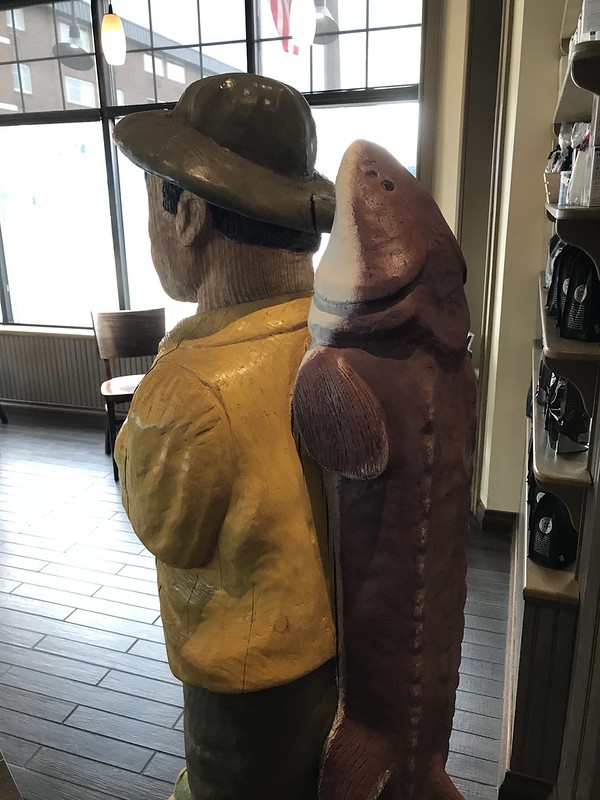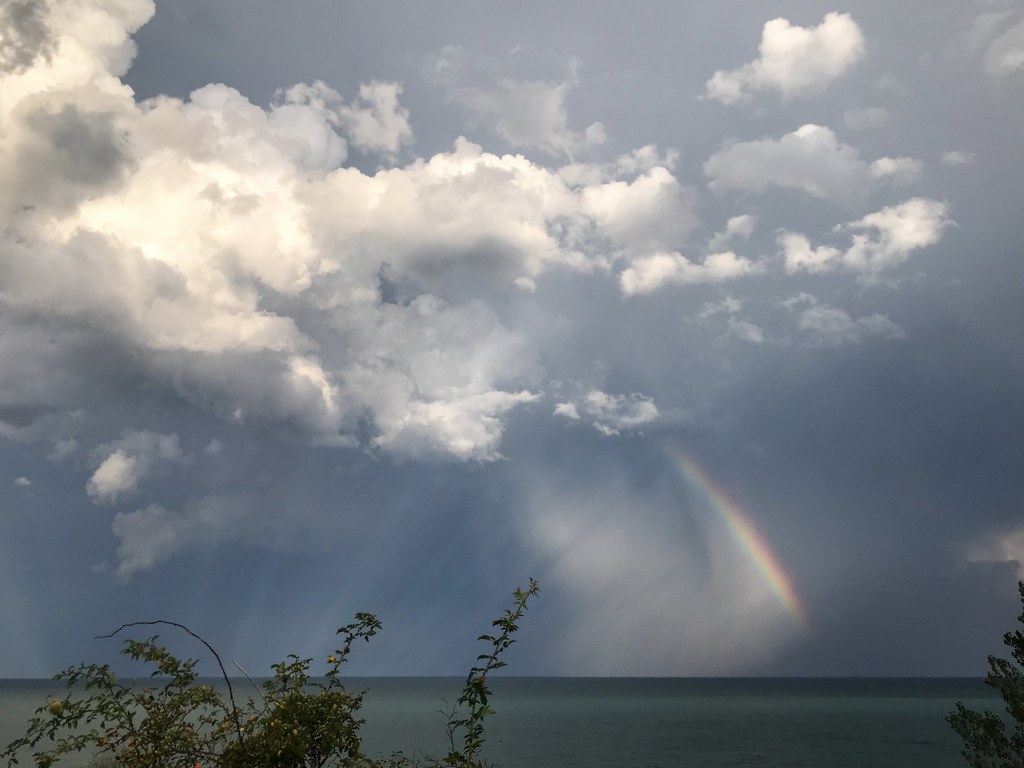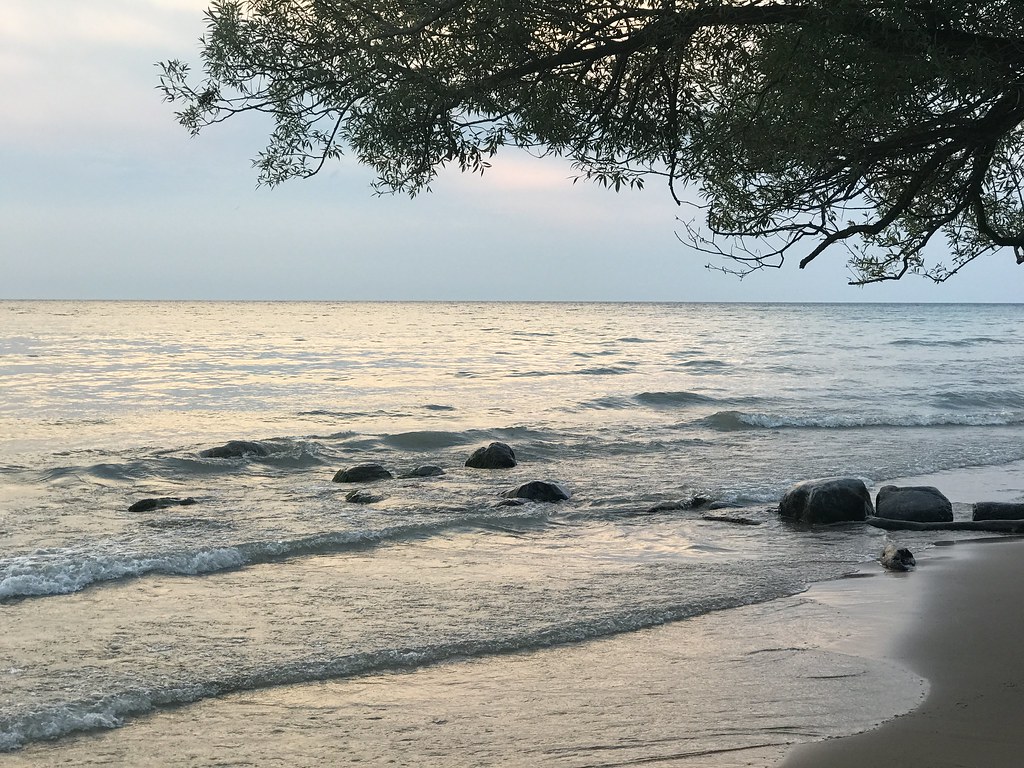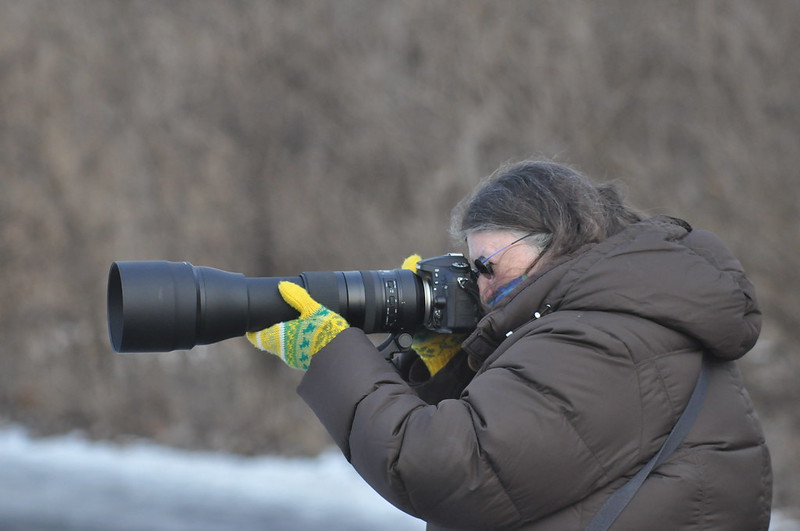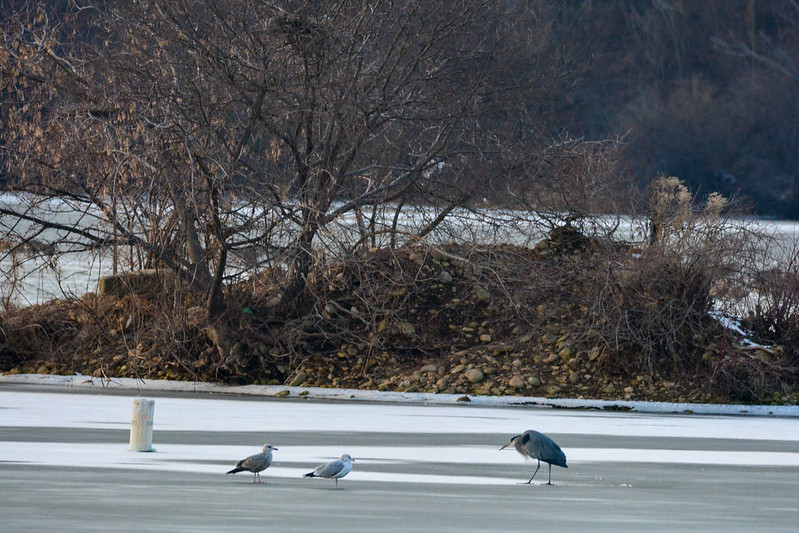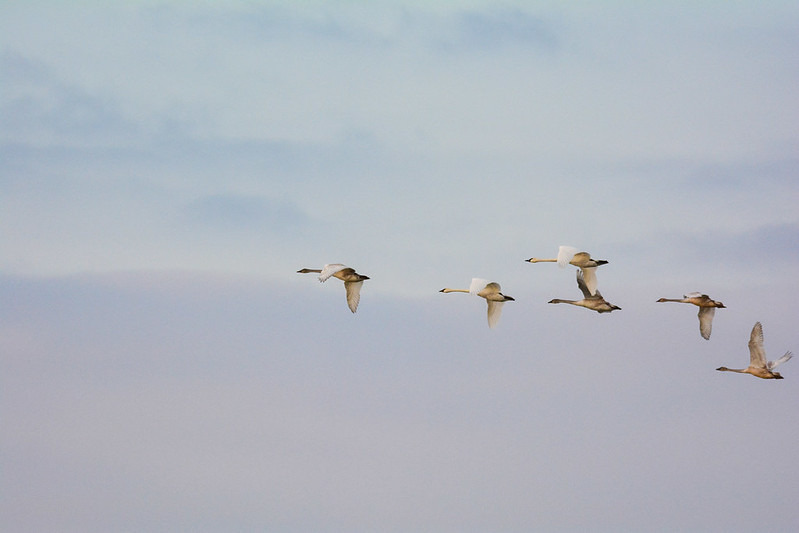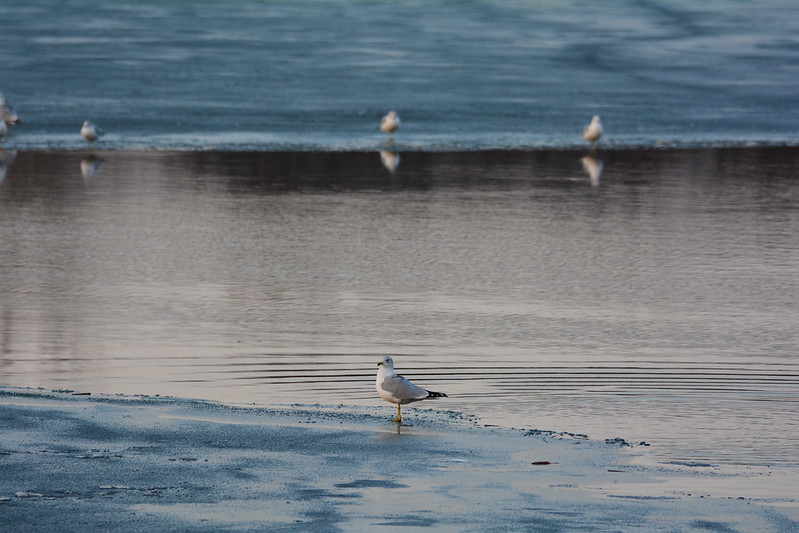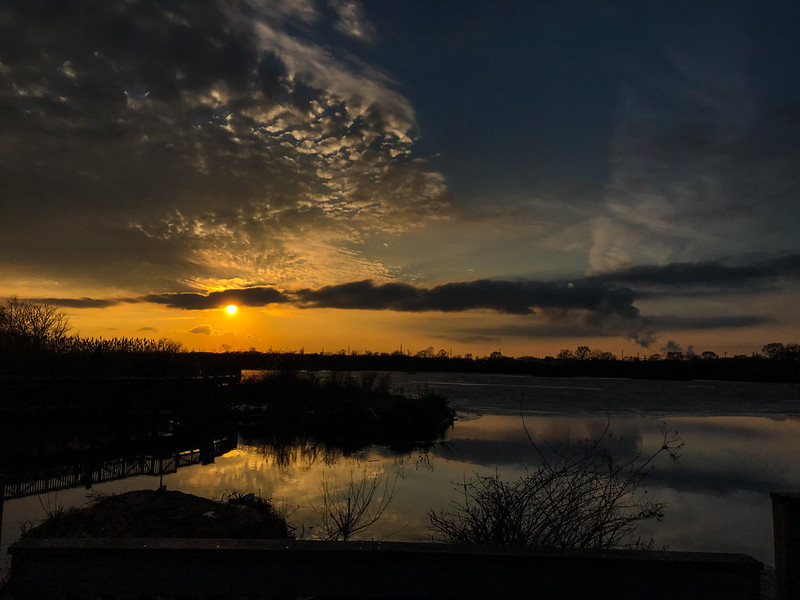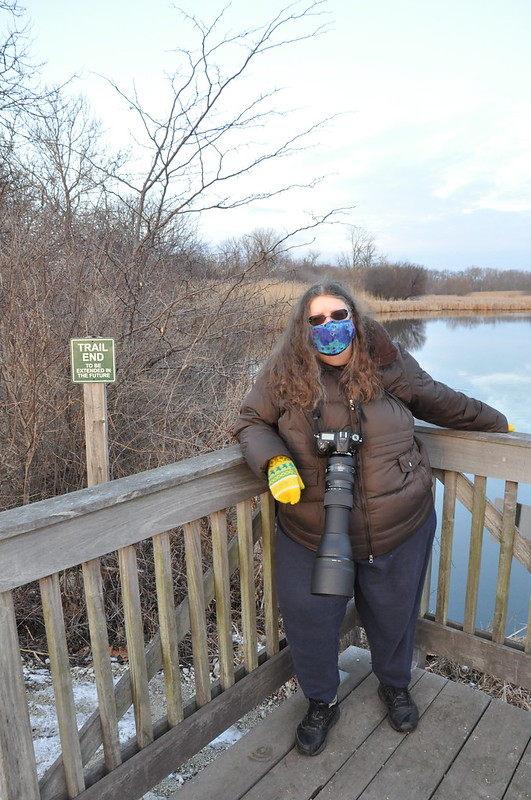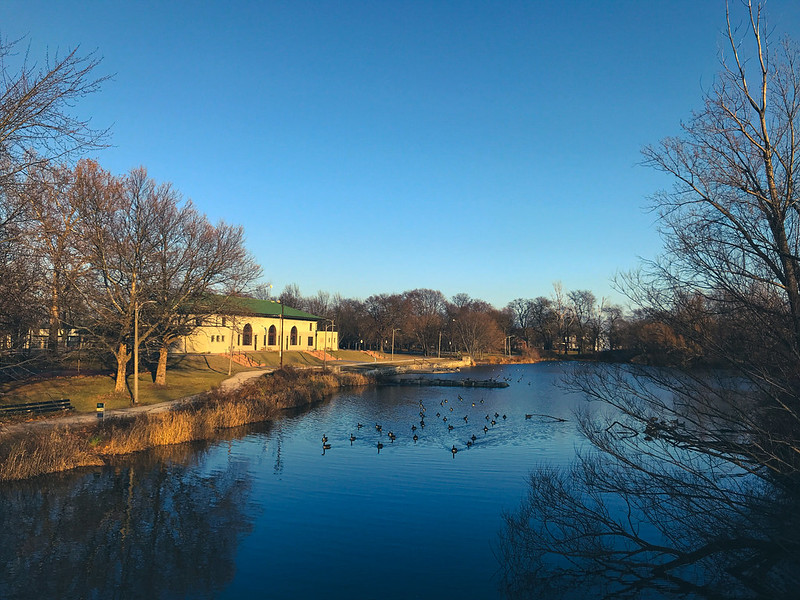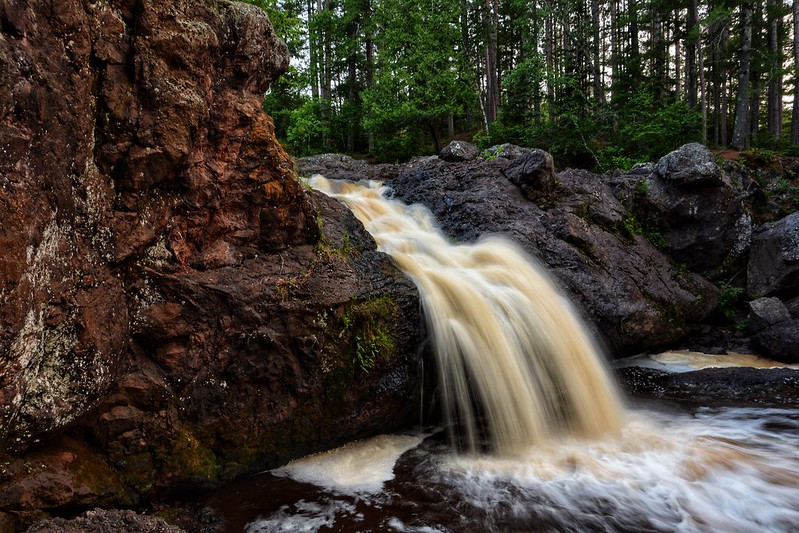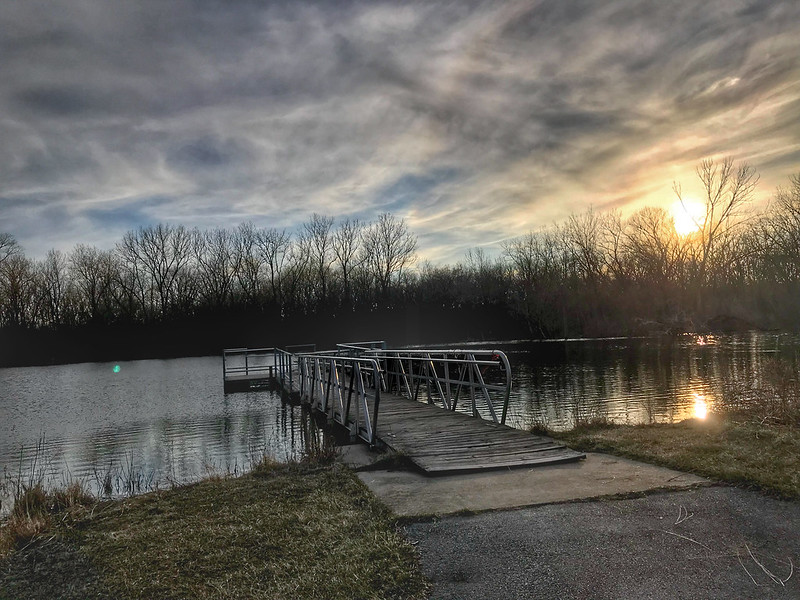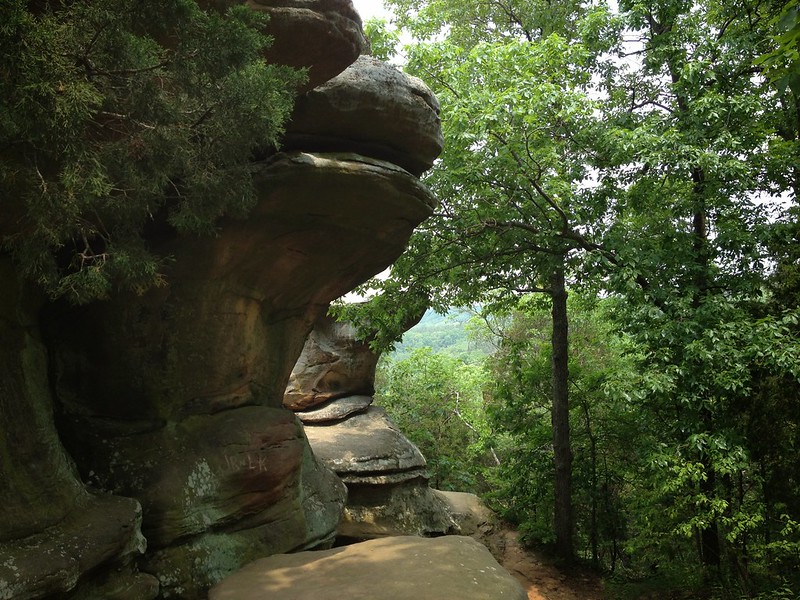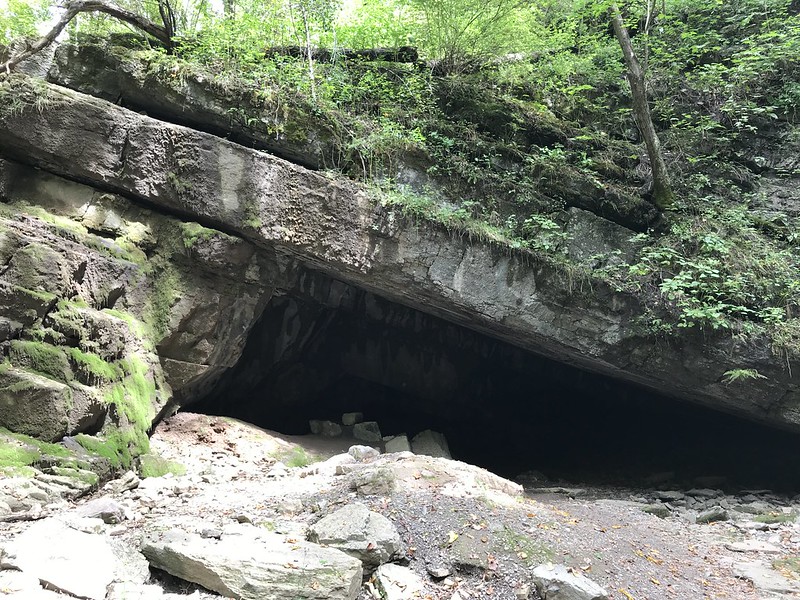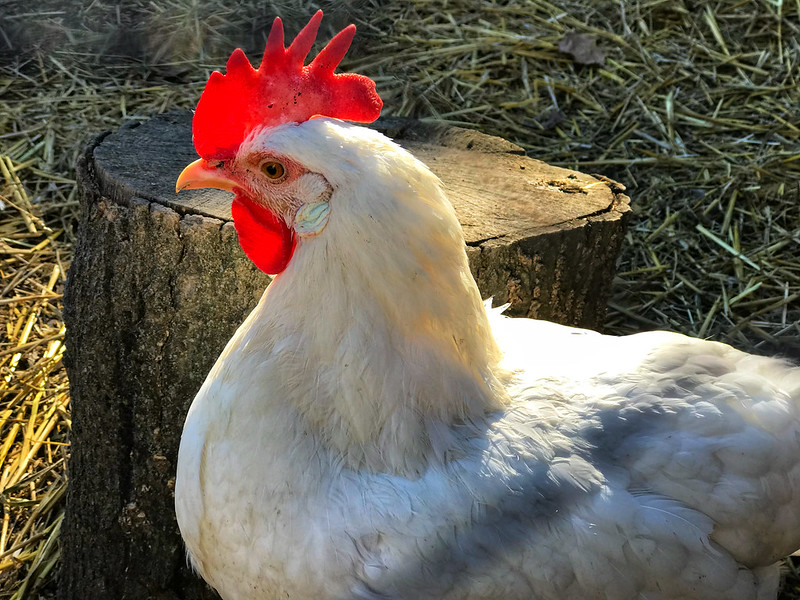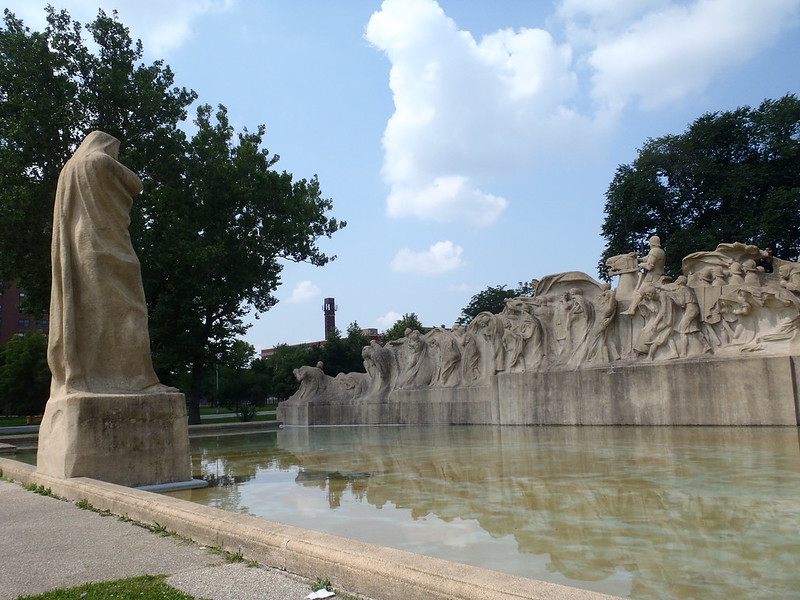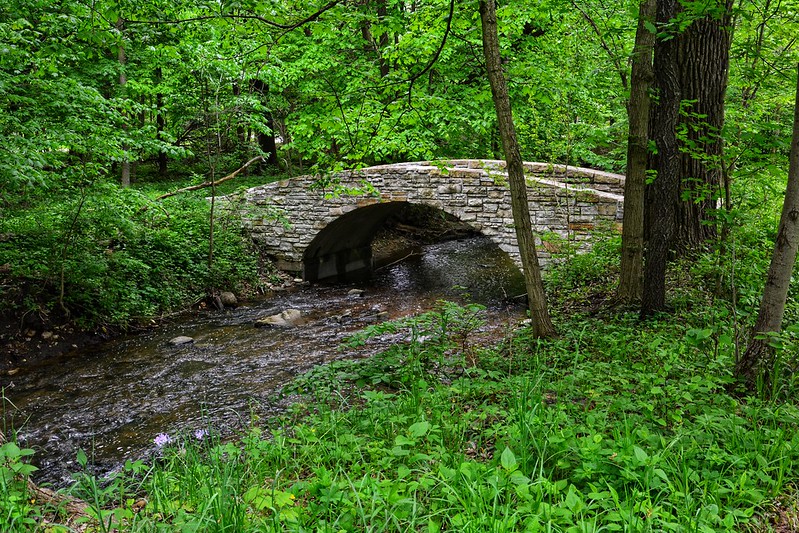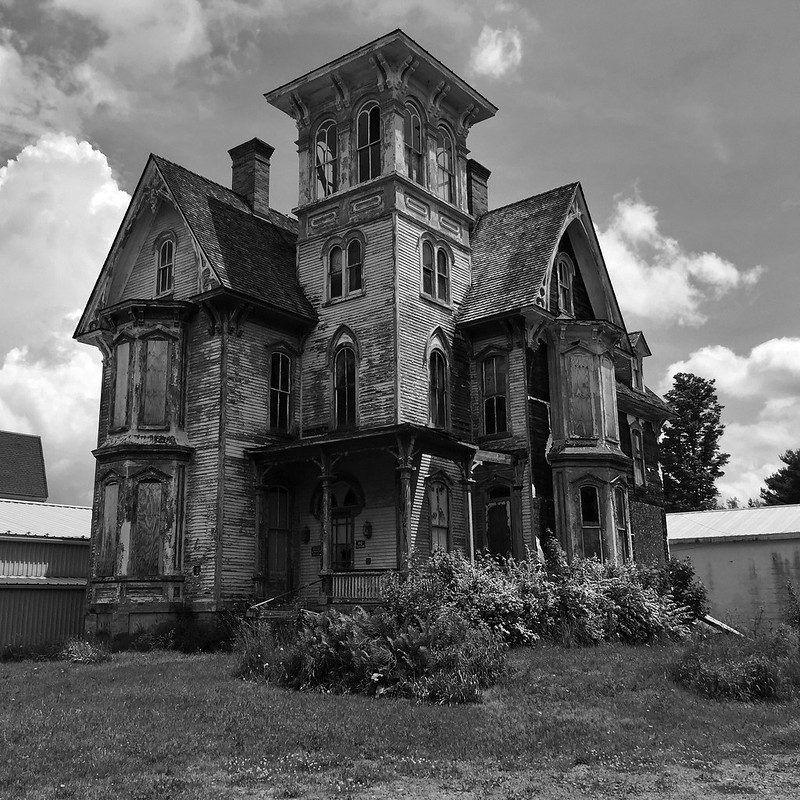Not long ago I found a message in Facebook Messenger I hadn’t noticed earlier because it was from a stranger. He’d sent a screenshot of a photo, asking if it was mine and where it had been taken.
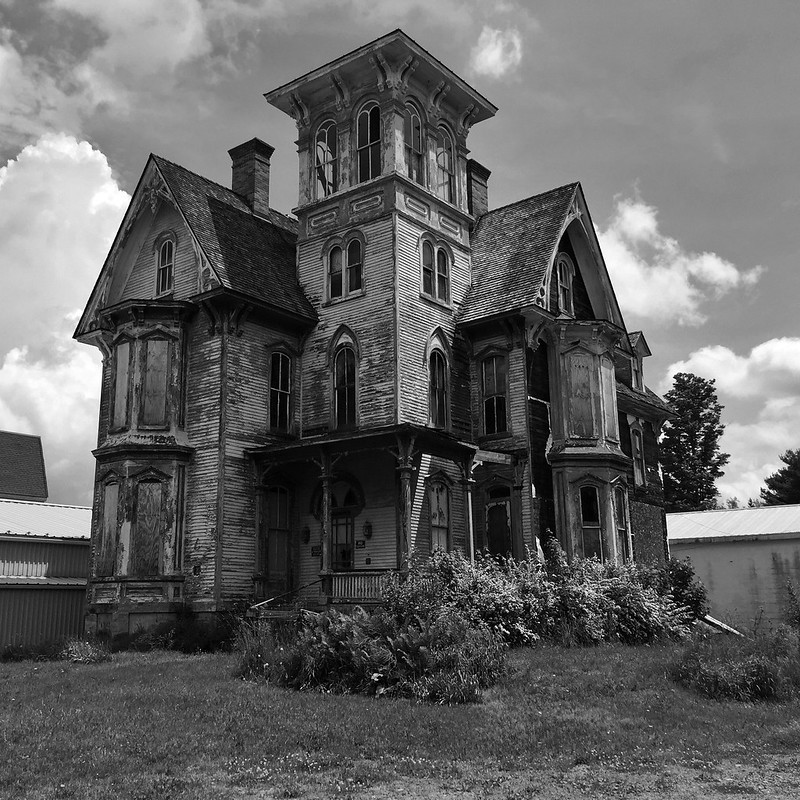
It was my photo, so I sent back a screenshot from Apple Maps based on the location data, which included “Old Hickory Lanes.” Later I found out there is a bowling alley next to the subject of this post, a house fondly known as “Old Hickory [Tavern],” or now more formally as F. W. Knox Villa.
The question roused my curiosity. Located in downtown Coudersport, Pennsylvania, Old Hickory when I photographed it in May 2015 was a moldering shell of a building whose open windows invited pigeons and no doubt bats in to roost. Fixed up some, but not too much, it would have been the perfect setting for a 1960s horror film. But you could imagine how grand it must have been in its late 1800s prime. It was a shame to see it slowly rotting.
I looked up Old Hickory (thank you, internet) and found out it had been purchased and is being slowly restored. The new owner commented people are disappointed to learn Old Hickory is not on a big lot in the countryside. On one side, it bumps up against the bowling alley, while the other is separated by a bit of yard from the Allegheny River, which in Coudersport looks like a canal.
The new owner mentioned a surprising lack of photos to help guide the interior restoration, then said someone sent a box of interior photos, a treasure trove. It sounds like the owner wants it to look as much like it did in its heyday vs. a modern makeover.
I don’t know what the owner’s intention is. Someone speculated it could become a bed and breakfast, which would draw me back to Coudersport (close to Cherry Springs State Park, an International Dark Sky Park). Whatever Old Hickory will be used for, finally the local pigeons and bats have had to move on.
More about the F. W. Knox restoration: Facebook • Instagram • Website






